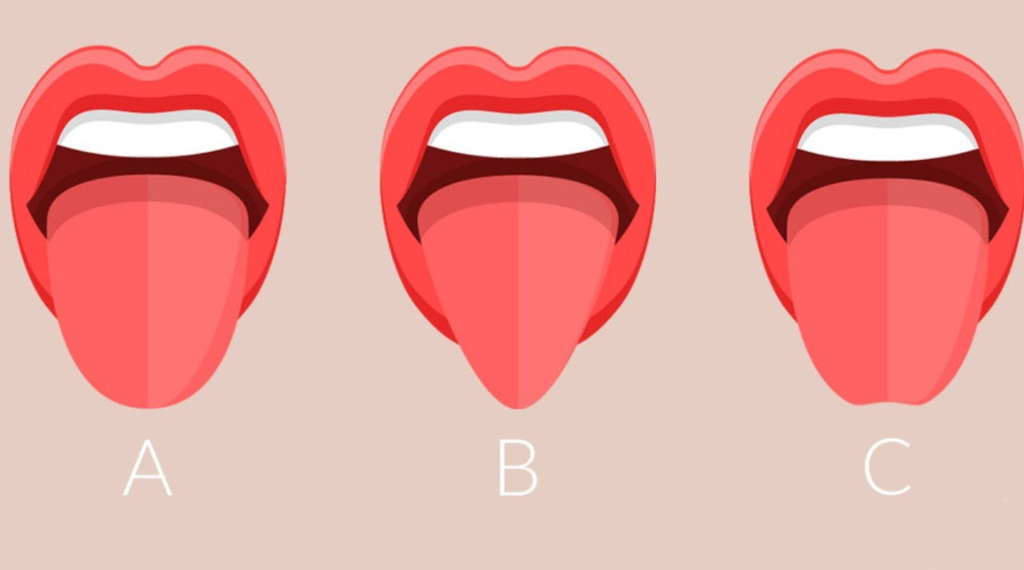
The tongue is often considered a mirror of one’s overall health. As a vital organ, it plays a crucial role in tasting, chewing, and speaking, but it also serves as a diagnostic tool for various health conditions. Changes in the color, texture, or coating of the tongue can provide valuable clues about underlying health issues. Here are some common observations and what they might indicate:

1. Color Changes
- Pink Tongue: A healthy tongue is usually pink in color with a light white coating. This indicates good overall health and proper hydration.
- Red Tongue: An unusually red tongue might suggest deficiencies in certain nutrients, such as vitamin B12 or iron. It could also be a sign of infection or inflammatory conditions like Kawasaki disease in children.
- Purple Tongue: A purplish hue may signal poor circulation or heart problems. In some cases, it can be associated with a respiratory condition or a lack of oxygen in the blood.
- White Tongue: A thick white coating could indicate oral thrush, a fungal infection caused by Candida. It may also be linked to dehydration, poor oral hygiene, or a weakened immune system.
- Yellow Tongue: Yellow discoloration might be a precursor to jaundice or an indication of excessive bacterial growth in the mouth.
2. Texture and Surface Changes
- Smooth Tongue: A tongue that appears unusually smooth may indicate a deficiency in iron, folic acid, or vitamin B12. This condition, known as atrophic glossitis, can cause discomfort and sensitivity to certain foods.
- Bumpy or Swollen Tongue: Swelling or lumps could be due to an allergic reaction, injury, or an infection. Persistent swelling should be evaluated to rule out more serious conditions, including cancer.
- Cracked Tongue: Deep grooves or cracks on the tongue’s surface are often harmless and may be a genetic condition. However, if accompanied by pain, it might signal an underlying issue like Sjögren’s syndrome.
3. Coating and Odor
- Thick Coating: A thick coating on the tongue may indicate digestive problems, such as acid reflux or a gastrointestinal imbalance.
- Foul Odor: Persistent bad breath, even after proper oral hygiene, might be linked to issues like gum disease, sinus infections, or digestive disorders.
4. Other Notable Signs
- Sores or Lesions: Canker sores or ulcers on the tongue can result from stress, minor injuries, or nutritional deficiencies. However, any sore lasting more than two weeks should be checked by a healthcare professional to rule out oral cancer.
- Burning Sensation: A burning feeling on the tongue, known as burning mouth syndrome, might indicate hormonal changes, nerve damage, or a reaction to certain medications.

When to See a Doctor
While many tongue changes are temporary and harmless, persistent or severe symptoms warrant medical attention. Regular dental check-ups and maintaining good oral hygiene are essential for a healthy tongue and overall well-being.
Paying attention to your tongue can offer a window into your health. If you notice any unusual changes, don’t hesitate to consult a healthcare provider for a thorough evaluation.




